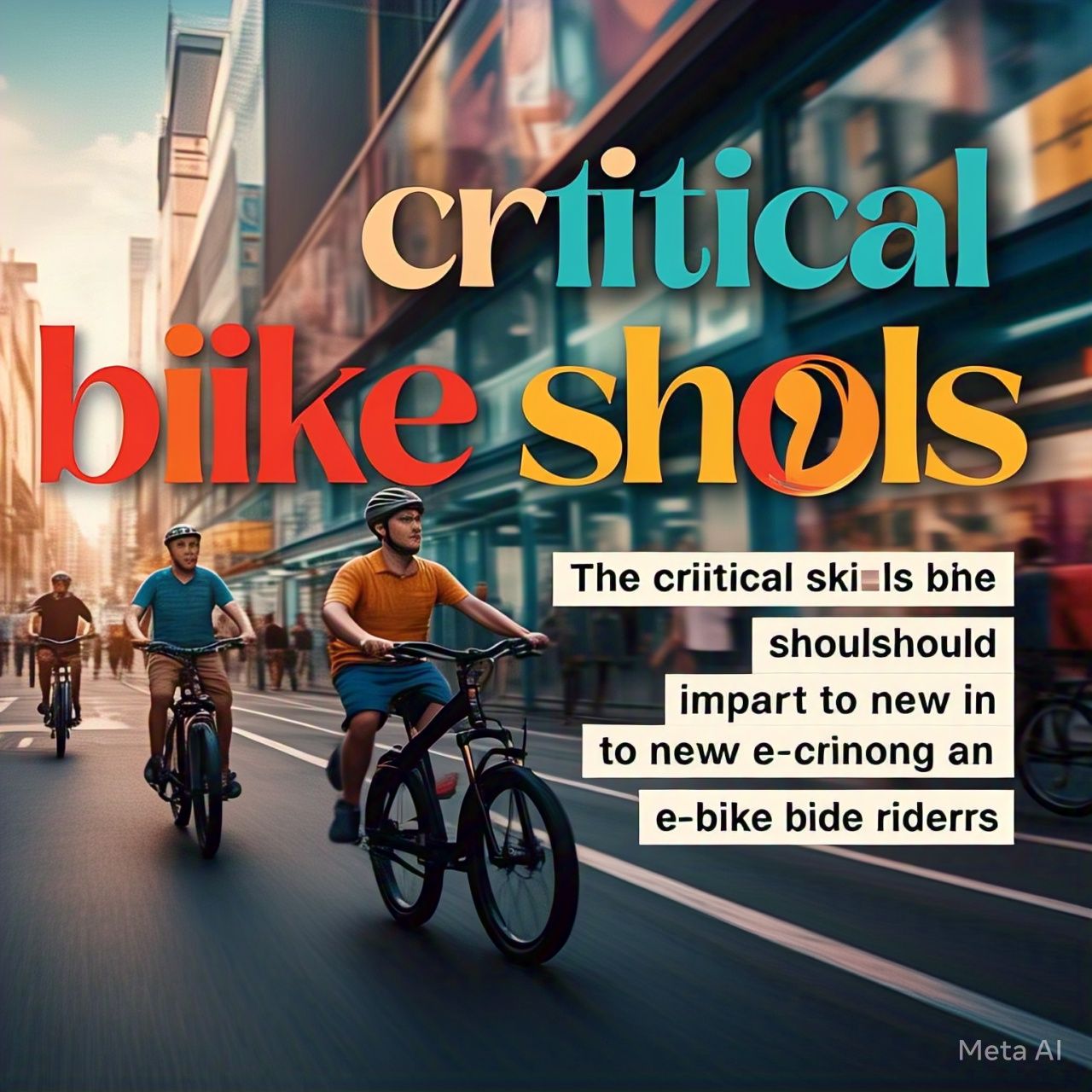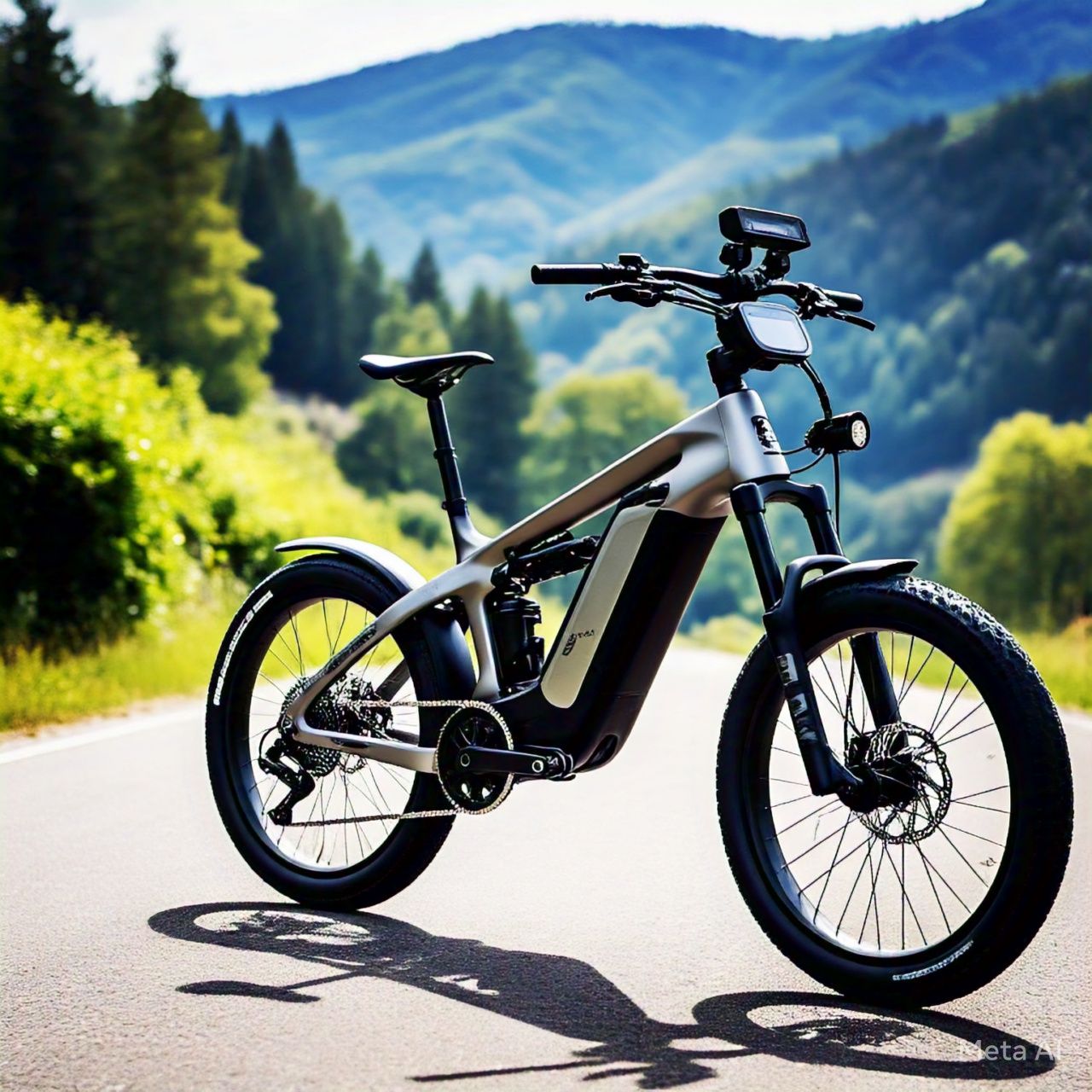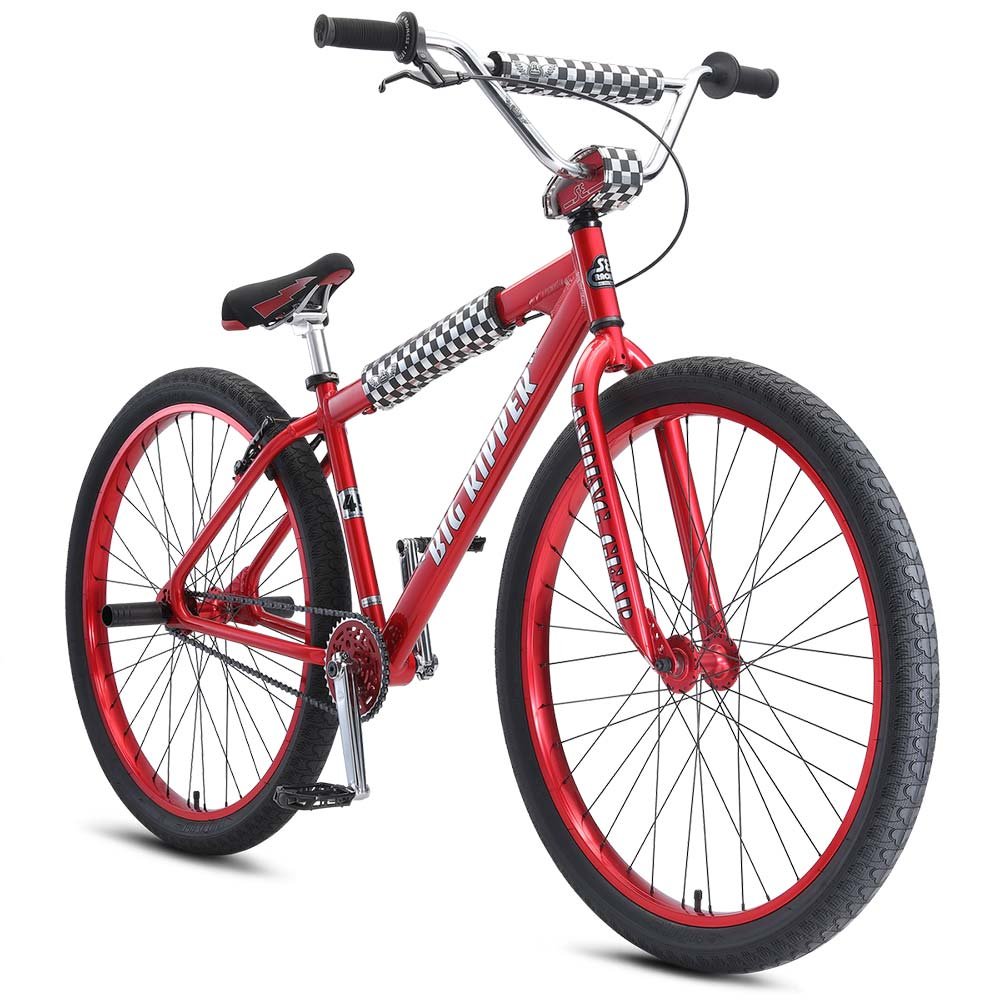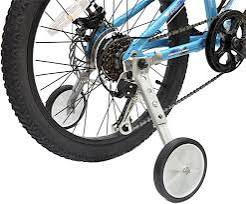
E-bikes have quickly emerged as a more preferred means of transport for most people due to the combination of fun in cycling with powered support. For commuting, fitness, or other reasons, e-bikes offer a practical and friendly means of reducing reliance on a conventional bicycle. They come, however, with different features that are specific to these bicycles, therefore demanding unique knowledge and skills. Bike school’s play an essential role in helping new e-bike riders understand how to handle their bikes safely and confidently. In this article, we’ll explore the crucial skills bike schools should focus on teaching to ensure a smooth and enjoyable transition into the world of e-biking.
1. Understanding E-Bike Components and Functions
The importance of knowing how an e-bike works should be understood before hitting the road by riders. Electrical components are attached to e-bikes, and these affect how they perform and work. For a new rider, here are some basics to learn:
- Motor Basics: This is the component that assists with pedaling and makes rides easier to get through. Bike schools should explain the working of the motor and when to use it.
- Battery Use and Maintenance: They should be made aware of charging, storing, and maintaining a battery for longevity. The strategies to save up the battery in rides also must be taught at schools. – Display Panels and Controls: E-bikes are most often equipped with display panels showing speeds, battery level, and levels of assist. For new riders, it is important that they understand the settings of these and how to vary them for particular conditions.

– Braking Systems: E-bikes are fitted with hydraulic or disc brakes, unlike the brakes in a regular bike. Riders must be taught to use these, especially when slowing down from higher speeds.
2. Getting in, out, and going
E-bikes are generally heavier than standard bikes, which means mounting and getting off is that much more difficult. Schools should teach the techniques for mounting and dismounting an e-bike safely.
- Mount and dismount the bike safely, especially in tight spaces or uneven terrain. Position the pedals correctly to ensure smooth starts, even on inclines. Balance the bike during low-speed maneuvers, such as in crowded areas or while stopping at traffic lights. Riders who master these skills will feel more confident handling their e-bike, even in challenging situations.
3. Braking Techniques
In e-bikes, speed and weight have increased significantly. Because of this, braking is a very important skill to learn. The improper use of the brakes might lead to accidents for people who are less familiar with these more powerful braking systems of e-bikes. Some of the key expectations for Bike Schools include;
Use of the front or rear brakes while riding and cohesiveness in making seamless stops.
- Describing the reasons why shifting body weight is essential for maintaining control when braking.
- How to do emergency stops without skidding or flipping.
- That one needs a greater distance for braking, especially when traveling at high speeds or in wet conditions.
Braking techniques should be the right ones, as it ensures the safety of the rider.
4. Speed Control and Pedal-Assist Management
One of the most attractive features of e-bikes is their ability to provide pedal assistance, making it easier to maintain speed with less effort. However, managing this feature requires practice. New riders should learn: How to select the appropriate pedal-assist level for different terrains and traffic conditions. Gradual acceleration techniques to maintain balance and control.
- Ride responsibly and respect the speed limit of local roads and avoid accidents
Scenarios that help riders to gain practice in the real-world situation at the bike schools which include driving through crowded streets and steep hills.
5. Traffic Awareness and Road Safety
It calls for a good knowledge of traffic regulations and road use etiquette to ride an e-bike in the urban or suburban environment. Such bike schools must focus on:
Defensive riding skills, including how to anticipate what drivers and pedestrians will do next.
Proper use of the bike lane, and how and when to enter traffic.
Understanding and reading of signs, signals, and markings on the road.
- Intersection and roundabout approach and behavior.
- Lights, reflectors, and bells for improving road visibility and otherwise communicating on the road.
A focus on road safety builds confidence and makes it possible for riders to get out there and share the road responsibly with other vehicles.
6. Handling Hills and Varied Terrains
E-bikes are good because they easily move up and over hills, including challenging terrain, but this comes with riders understanding how to get the best use out of the feature. The bike school should educate on how to shift gears along with levels of pedal assistance in climbing hills for smooth riding, body positioning both when going up hill and coming down hill, in order to remain stable.
- How to ride on loose surfaces, gravel, or sand without losing control.
The rider can ride his e-bike in so many different types of environments by learning these skills.

7. Battery Management for Longer Rides
Battery anxiety is always a concern with new e-bike riders during long rides. Bike schools should teach students the following:
Practices in calculating the range of your battery, considering terrain, rider weight, and assist level.
Techniques for conserving the life of your battery
Lower assist levels or to coast down downhill stretches
Best practices for charging and storing batteries not to cause damage
Backup power solutions: spare batteries or portable chargers on prolonged trips.
Knowing how to manage a battery will ensure riders can confidently plan and enjoy longer journeys.
8. Group Riding and Communication Skills .
Riding in groups can be a fun and social experience, but it requires additional skills to ensure safety and harmony. New riders should learn:
- How to maintain a consistent speed and safe distance from other riders.
- Signaling and vocal communications with the group.
- Recognition of group dynamics, especially riding in mixed groups of e-bikes and conventional bikes.
Ride schools may conduct group rides to give a rider the experience of riding skills in a structured environment - .

9. E-Bike Maintenance Fundamentals
Regular maintenance would keep an e-bike on top form, but there is a point in which only experts can perform; however, this does not deter the riders as they must have knowledge of all the basic maintenance aspects, such as:
Cleaning and lubrication of the chain and drivetrain to avoid excessive wear.
Regular checking of the tire pressure with good tires before each ride
Checking the braking system, lighting, and charging connections before hitting the road.
- Troubleshooting common issues, such as motor or battery malfunctions.
Bike schools can offer workshops or hands-on training sessions to teach these essential maintenance skills.
10. Building Confidence and Overcoming Fears
For many new riders, the biggest hurdle is overcoming fear or uncertainty about riding an e-bike. Bike schools should create a supportive environment where riders can:
- Ride in safe, low-traffic areas to gain confidence step by step. –
Understand how to manage the usual difficulties like riding in bad weather or experiencing mechanical breakdowns. –
Feel comforted through positive reinforcement and encouragement from the instructors. –
Confidence is the way to have fun on the e-bike while staying safe.
Conclusion
E-bikes are changing the way we commute, exercise, and explore the world around us. However, their unique features require new riders to develop a specialized skill set. Focusing on the ten essential skills outlined above will empower new e-bike riders to ride confidently, safely, and responsibly.
Whether you’re a complete novice or changing from a traditional bicycle, e-bike professional training is definitely worth the investment. With proper know-how and practice, you can unleash your full potential in riding, be it for a lifetime of fun, safe, and healthy riding adventures.
Take the first step toward mastering your e-bike today – and ride confidently into a greener, healthier future!




